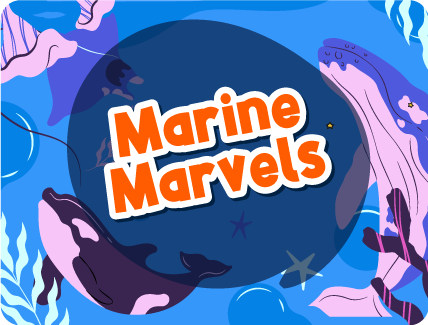

















Every year on 8th June, people throughout the world observe World Oceans Day to bring attention to the plight of the oceans and the marine ecosystems they support.
1. World Oceans Day has been observed since 1998. This year’s theme is Awaken New Depths, which encourages more commitment towards challenges faced in conservation of oceans.
2. The ocean is a single, enormous body of water that is connected to every part of the world and is called the Global Ocean.
3. By moving warm water and rain from the equator to the poles and cold water from the poles back to the tropics, ocean currents function like a conveyor belt. These currents help control the world’s temperature.
4. Over 97 per cent of the planet’s water is found in these bodies of water, which make up nearly 71 per cent of the planet’s surface.
5. About 50 to 80 percent of the oxygen we breathe is produced by the microscopic marine algae known as phytoplankton through photosynthesis.
5. One of the main aspects is that oceans help in countering the excessive greenhouse gases in the atmosphere leading to global warming and climate change. The ocean acts as a carbon sink by absorbing enormous amounts of CO2
6. The Pacific Ocean is the largest ocean. Its name derives from the Portuguese explorer Ferdinand Magellan’s observation that the ocean was relatively calm and so “pacific” when travelling to the Philippines.
7. The Pacific Ocean is larger than the landmass of all the continents put together and has twice the area and more than double the water volume of the Atlantic.
8. The Indian Ocean is the youngest in terms of geological age. The Indian Ocean basin, spanning approximately 70,560,000 square kilometres occupies about 20 percent of the planet’s surface. You could fit five times the USA in it!
9. The Arctic Ocean basin is the smallest of the world’s five oceans, and it is centred approximately on the North Pole. The ocean is almost completely closed off by the landmasses of North America, Eurasia and Greenland.
10. A yearly declaration highlighting the difficulties facing the oceans and marine ecosystems like habitat destruction, extensive pollution, overfishing and rising sea temperatures; is delivered by the UN secretary-general as part of the global observance of World Oceans Day.